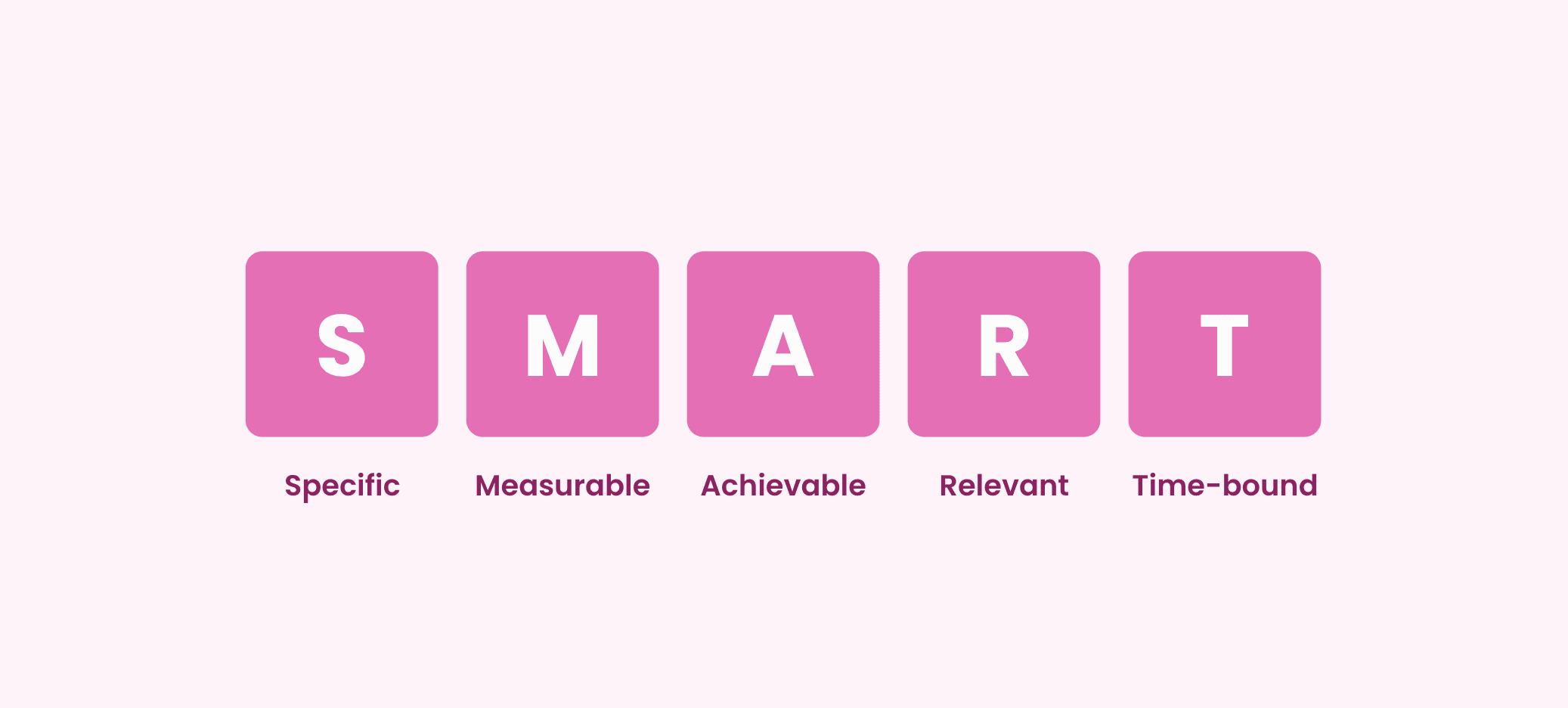What are SMART objectives?
Ready to level up your goals but tired of the same old, bland approach? Meet SMART objectives—the fun, engaging way to set goals that are Specific, Measurable, Achievable, Relevant, and Time-bound! Get ready to turn those lofty dreams into attainable milestones. Goal-setting has never been this SMART!
Understanding SMART Objectives for Product Managers
What are SMART Objectives?
SMART Objectives are a framework for setting goals that are Specific, Measurable, Achievable, Relevant, and Time-bound. This approach ensures that objectives are clear, actionable, and realistically attainable within a given timeframe.

Why are SMART Objectives Important?
SMART Objectives offer clarity, direction, and focus. They ensure that everyone involved has a clear understanding of what is expected, how progress will be measured, and what timeline is being followed. This results in increased accountability, better resource allocation, and a higher likelihood of achieving the desired outcomes.
How to Use SMART Objectives
Specific: Define your objective in precise terms. What exactly do you want to accomplish?
Measurable: Identify key performance indicators (KPIs) that will help you track progress.
Achievable: Assess the feasibility of the objective. Do you have the resources and capability to achieve it?
Relevant: Ensure that the objective aligns with broader business goals and brings value.
Time-bound: Set a clear timeline for when the objective should be met.
Once you’ve outlined your SMART objectives, communicate them to your team, align resources, and regularly review progress.
For instance, let's say you're responsible for increasing the monthly active users (MAUs) of a mobile game. Here's how you could use SMART objectives:
Specific: Increase the MAUs of the mobile game by 20%.
Measurable: Track MAUs through analytics software.
Achievable: Ensure the marketing team can run targeted campaigns and that the server infrastructure can handle the increase.
Relevant: Align the objective with the business goal of increasing revenue through in-app purchases.
Time-bound: Achieve the 20% increase in MAUs within the next quarter.
After defining these SMART objectives, communicate them to your team to ensure alignment, allocate the necessary resources, and set up regular check-ins to monitor progress.
When to Use SMART Objectives in Product Management
SMART Objectives are versatile and can be applied at various stages in product management:
Product Launch: Define objectives for market penetration, user adoption rates, and initial revenue.
Feature Development: Use SMART Objectives to guide what features should be developed, by when, and to what level of quality.
Market Expansion: Set measurable objectives for entering new markets or demographics.
Performance Improvement: Address lagging areas in user experience, speed, or functionality with clearly defined goals.
SMART GOALS vs. OKRs
SMART goals, in contrast to OKRs, frequently measure a single parameter, such as profitability or quality. These goals might still aid in the advancement of an individual or a firm because they target and track various individual efforts. Management will occasionally set and cascade SMART goals throughout the company to ensure high standards of results.
SMART Objectives in action
Utilizing SMART objectives in your product roadmap ensures that your team has a clear, measurable, and actionable path toward achieving key milestones.
SMART objectives related resources


Product Strategy
How to Use OKRs for Roadmap Prioritization and Planning
Did you know you can use Objectives and Key Results (OKRs) to build OKR-driven Product Roadmaps? Decide what to build and prioritize requests through this goal-based system.


Product Strategy
The Practical Guide to Marketing OKRs for Product Leaders
Product Marketing and Product Management go hand-in-hand. Key results linked to company objectives (OKRs) can be the bridge between the two.